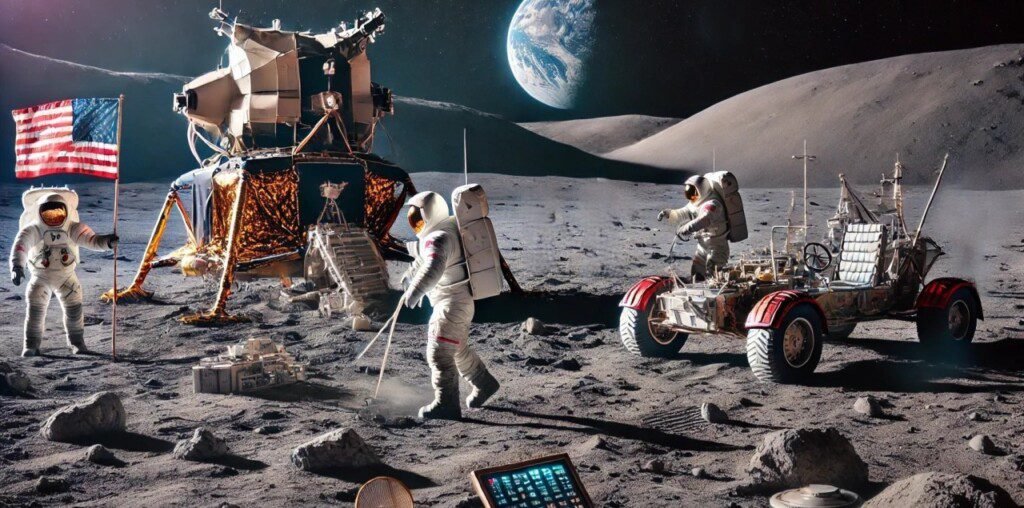Background: The Apollo program, launched by NASA, was a series of space missions aimed at establishing American dominance in space exploration during the height of the Cold War. By the late 1960s and early 1970s, the U.S. had successfully put astronauts on the moon multiple times. Apollo 17 was to be the final mission in this ambitious program, following in the footsteps of the historic Apollo 11 landing in 1969.
What Happened: On December 7, 1972, Apollo 17, the last manned mission to the moon, launched from Kennedy Space Center in Florida. The mission was commanded by Eugene Cernan, with Harrison Schmitt as the lunar module pilot and Ronald Evans as the command module pilot. Apollo 17 was the first mission to include a professional scientist, Schmitt, a geologist, who would bring a wealth of expertise to the exploration of the lunar surface. After a three-day journey, the lunar module “Challenger” separated from the command module and descended to the moon’s surface, landing in the Taurus-Littrow valley on December 11. Over the next three days, Cernan and Schmitt conducted a series of moonwalks, collecting samples and conducting scientific experiments, including deploying instruments to study the moon’s internal structure, magnetic field, and atmosphere. They spent a total of 22 hours on the lunar surface, covering over 35 kilometers using the Lunar Roving Vehicle (LRV). One of the most iconic moments of the mission was the capture of the “Blue Marble” photograph—a stunning image of the fully illuminated Earth, which became one of the most famous pictures in history. On December 14, Cernan, the last person to walk on the moon, spoke these words before leaving: “We leave as we came, and, God willing, as we shall return, with peace and hope for all mankind.” The mission concluded successfully on December 19, 1972, when the command module splashed down safely in the Pacific Ocean.
Impact for the Future: Apollo 17 marked the end of the era of human moon exploration, with Cernan being the last person to walk on the lunar surface. The mission contributed significant scientific data, especially regarding the geological history of the moon. It inspired future generations of space enthusiasts and scientists, keeping the dream of human space exploration alive. The “Blue Marble” image taken during the mission became a symbol of Earth’s fragility, contributing to the burgeoning environmental movement.

